Let’s Talk About Copyright Infringement
For whatever reason there seems to be a recent uptick in artists getting ripped off on line.
This sucks.
For me, what sucks even more are all of the myths and misconceptions out there about what is and isn’t OK and what people can and can’t do about someone stealing their stuff.
So I’d like to take some time and dispel some of the more popular misconceptions.
A couple vocab words before we get underway.
In the Copyright Act author means the person who created the thing protected by copyright. Even if that thing is a sculpture or movie. I use the terms author and artist interchangeably in this post.
A work is the thing that is protected by copyright. It can be a play, an illustration, a novel or a photograph. Facts and ideas aren’t protected by copyright and neither are useful tools.
A derivative work is a work that is based on the original. A movie based on a comic book is a derivative work of the comic book. A derivative work doesn’t have to be radically different from the original to count as derivative, though; more subtle alterations of the original can also be derivatives.
Let’s get on with debunking these myths, now, shall we?
#1 “If I’m not making money off of using someone else’s art, it’s 100% OK to use it however I want!”
OK, no. I mean, this even sounds wrong.
Would it be OK if you took someone’s car without asking, drove it all over town, but made extra special sure you didn’t crash it?
No, it would be stealing.
So is claiming someone else’s art is your own, altering someone’s work without their permission, and using their images purely to drive traffic to your site. It’s all stealing and it all sucks.
I’ve seen a number of offenders, cornered with accusations that they’ve stolen someone else’s work, throw their hands up and claim, “Fair use! Fair use!”
I <3 fair use. I love fair use so hard, I have a goodly collection of nerd paraphernalia celebrating fair use. There are CDs and witty esoteric bumper stickers. A world that does not celebrate sharing and collaboration is not a world I want to live in.
But let’s get something straight: stealing is not fair use.
Whether or not your use is a fair use is determined by looking at how you use the artist’s original work. There are four factors that are considered and no one factor determines if a use is fair.
1. The purpose and character of how you’re using the copyrighted work. If you’re using the copyrighted work to make money for yourself, chances are it’s not fair.
You don’t need to be selling copies of the original to make money off of it; using the work to drive traffic to your site to increase your ad revenue is making money off someone else’s work.
Alternatively, if you’re using the work so you can comment on it, politically, artistically or otherwise, chances are your use leans fair.
2. The nature of the original work. A lot of times this just means is the original mostly factual or is it mostly expressive? If the work is factual, like a biography, the author probably intended it to be used by others. If it’s expressive, like a novel, without additional info from the author saying, “hey! use this in your work!”, it likely wasn’t intended to be used by others.
I’d also argue that what the Artist intended the original work to be goes to the nature of the work as well. For instance, artists put up a lot of work on the internet and having people like that work and show it to others is one way they drum up business. Those images serve as advertisements.
If the image they posted has their website on it so folks can find them, I’d argue that passing the art around with that information removed goes against the nature of the original work. Without the website info it’s not an advertisement, it’s just another anonymous image and that’s not what the author intended when they shared it.
3. The amount of the work you use and how substantive it is to the original work. Are you using the heart and soul of the original work or a tertiary character that was mentioned in passing?
The recent issue with Kris Straub’s work is a good example of this.
Whomever altered his comic didn’t use all of it, but what they took made up a good portion of the original work, both in terms of volume (2/3 of all the drawn images) and in artistic value (it’s the entire set up of the joke). If the person had drawn their own comic in response to Kris’ comic, say continuing the conversation about religion with the same two characters, that might have been OK. But just taking the comic to chop up and tell the joke differently doesn’t cut it.
If you only take as much of the original as you need to let people know what you’re responding to or referencing, that leans more in the favor of fair use.
4. The effect your use will have on the market for the original work. Are people going to buy your work instead of the original? That’s probably not fair. Are you going to get ad revenue that the artist won’t? That’s probably not fair. Are people buying your t-shirts with the illustration on it instead of buying the illustration from the artist? That’s probably not fair.
To figure out if a use of a work is fair, all four factors are balanced against one another. So just saying your use is non-commercial isn’t enough to make your use fair. At the same time just because a derivative work makes money doesn’t make it not fair.
Fair use adds to the cultural landscape; it is more than just a mindless copy/paste job. For more information on fair use, check out this great article.
#2 But Katie, everyone borrows stuff on the internet, so it’s fine.
No. It isn’t.
To quote your mother, “If everyone else stole food out of an artist’s mouth would you do it, too?”
No? Then don’t.
#3 If someone steals my stuff online, I can’t do anything about it without an attorney.
No, my independent artist friend! You can do something about someone stealing your work and you don’t need a fancy lawyer to do it!
Thanks to folks like Disney, the Motion Picture Association of America and the Recording Industry Association of America, Congress is convinced that unless stringent protections are put into the Copyright Act, the multibillion dollar entertainment industry will suddenly evaporate.
Mostly the influence of these lobbists has been bad for art because it’s locked work out of the public domain for ridiculously long periods of time (Mikey Mouse has been in copyright jail for 84 years, poor guy). And repurcusions for even small infringements can be significant. (e.g., Download 31 songs online, pay $675,000; 24 songs, and a jury might think you owe $1.9 million.)
But, because the law applies to everyone equally, there are some tools the big boys built that you can use for your own devices.
One of the biggest being the take down provision of the Digital Millenium Copyright Act.
The DMCA provides additional protections for works that are digitized, particularly those on the internet. And one of those protections is the ability of a copyright owner (you) to contact a site administrator or service provider and demand they take down a website or websites that display work that infringes on your copyright.
If a site admin or service provider doesn’t take your complaint seriously, they can be exposed to significant liability for infringing your copyright.
Most services, like Tumblr, Twitter, Facebook and Etsy have information telling you where to send a DMCA take down notice and what information to include. If you can’t find that information easily on a website, and a search for “Company Name DMCA” hasn’t turned up what you’re looking for, check out the Copyright Office’s list of registered agents for contact information or go to WhoIs and search for the website’s listed agent.
There are a number of free take down notice templates (for instance: here, here and here) you can use to craft your notice so it meets the requirements of the law.
Sending these notices isn’t the end of the story; there is a process by which the suspected infringer can object and petition for the content to be reposted. And if that happens, working with a lawyer might be a good idea.
But if you’re an independent artist who just found your stuff being sold online by someone you don’t know and didn’t give permission to, the DMCA take down notice is a pretty great tool.
Now, remember how I said, I love fair use? The take down tool is significant and powerful; it shouldn’t be used when you don’t like what someone is saying about you or your work or when you think someone has stolen your idea.
Use it only when true infringement happens: someone copies your work, claims it as their own or tries to sell products with your work on them.
You have the right to protect yourself from infringement, you don’t have the right to bully other people with the law.
Stealing isn’t fair and artists don’t have to put up with people who poach their stuff! The Copyright Act says so.
Categories: The Rest
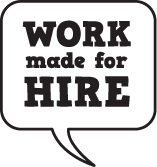

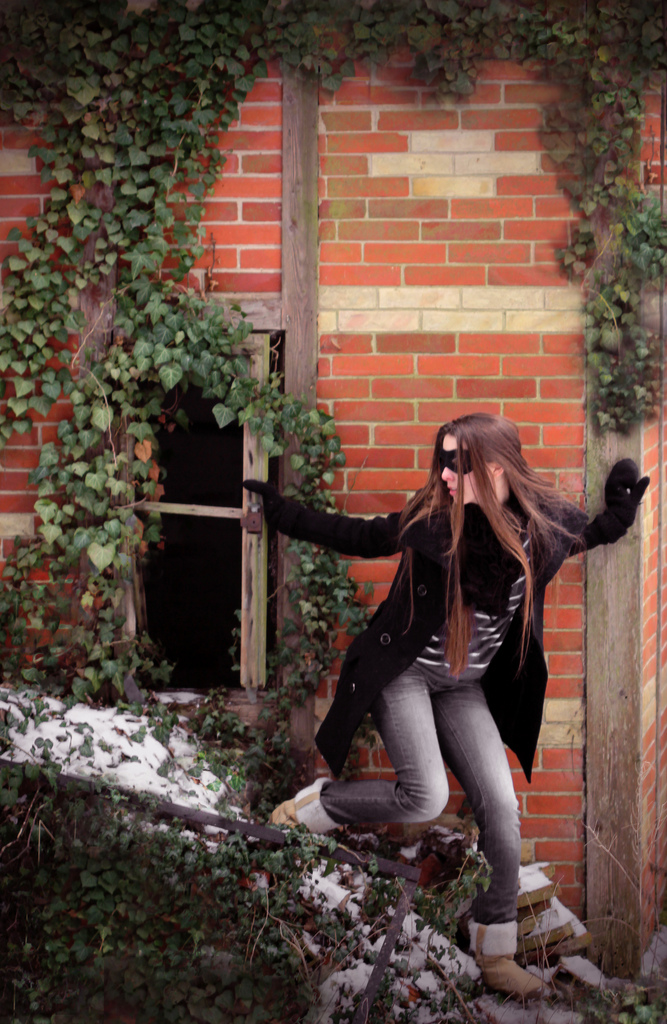
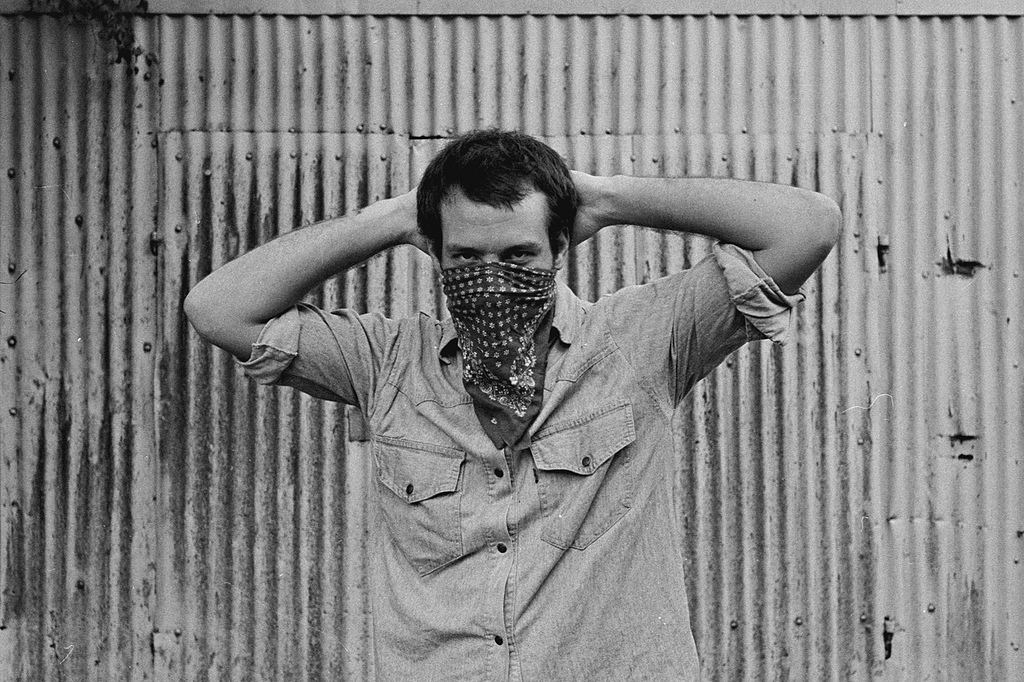
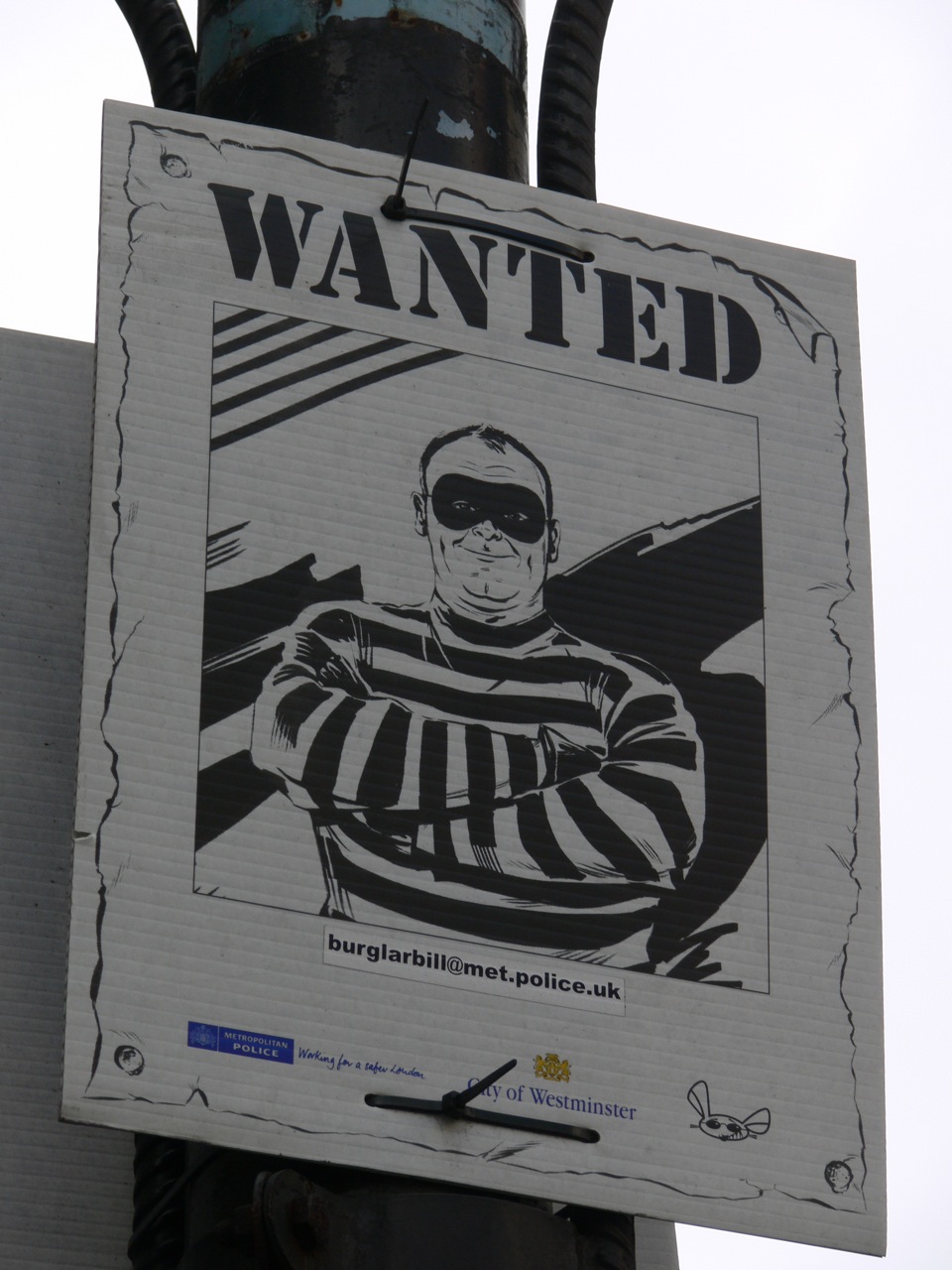
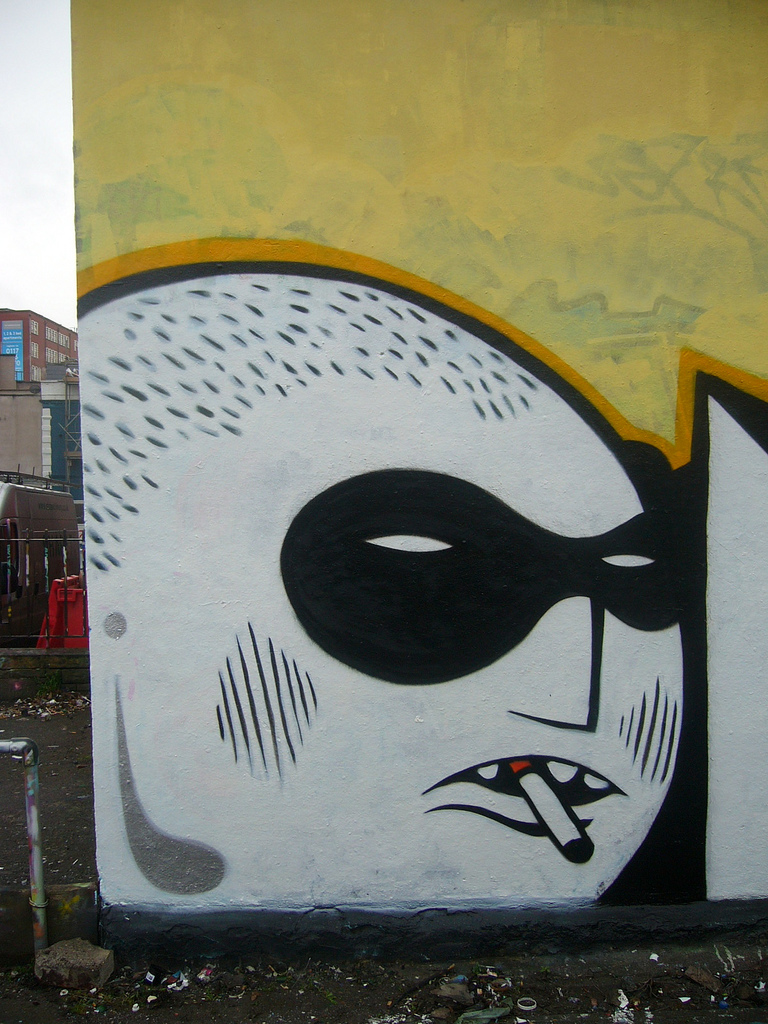



Hello. 🙂
Please excuse the rather stupid question, but is something still considered commercial if it’s being offered for free? Everywhere I’ve researched only applies the term commercial to making money, but am I right in thinking it is also commercial if you are supplying it to other people, regardless of whether you’re charging or not?
Thank you.
Not a stupid question at all! In regards to Creative Commons licensing it generally means using the item in a way that generates money for the person using it. That might not be a direct relationship, for instance a corporation probably couldn’t use a non-commercial image on a give away item because the purpose of the item is to generate goodwill (and ultimately money) for the corporation. When in doubt, use a image that is licensed for both commercial and non-commercial uses.
Hi, interesting article, I wander if it’s possible to use creative common images in a youtube video, in an illustrative way for a tutorial that’s going to be monetized by its info?
Good question. Works licensed under creative commons are OK to use so long as you follow the the license’s permissions. So to know if it’s OK to use a particular work in a particular manner, you have to look at the under lying license. What did the author say was OK? This post might help.
I can’t find anything addressing ad-space with regards to articles. For example, Nintendo creates some game, and a website will post everything about the game on their page with the intent of increasing ad space and revenue through click-through rate – such as IGN.com or something. I understand these pages are essentially operating like news or journalism, but often they provide a better resource than the original. The lick-through rate of the review page ends up with more traffic than the page of the original content. I’m just curious how this doesn’t become a copyright or trademark infringement.